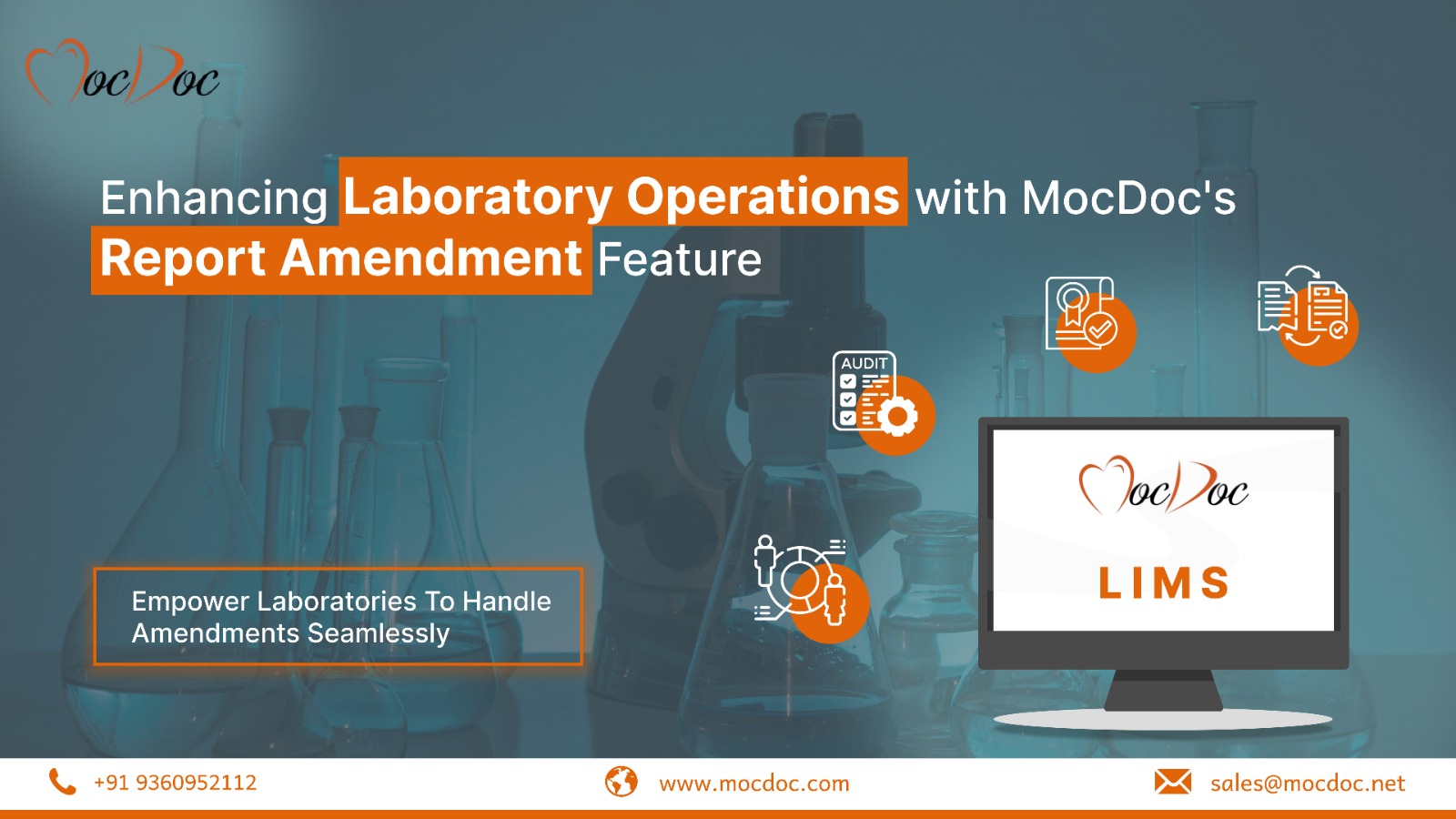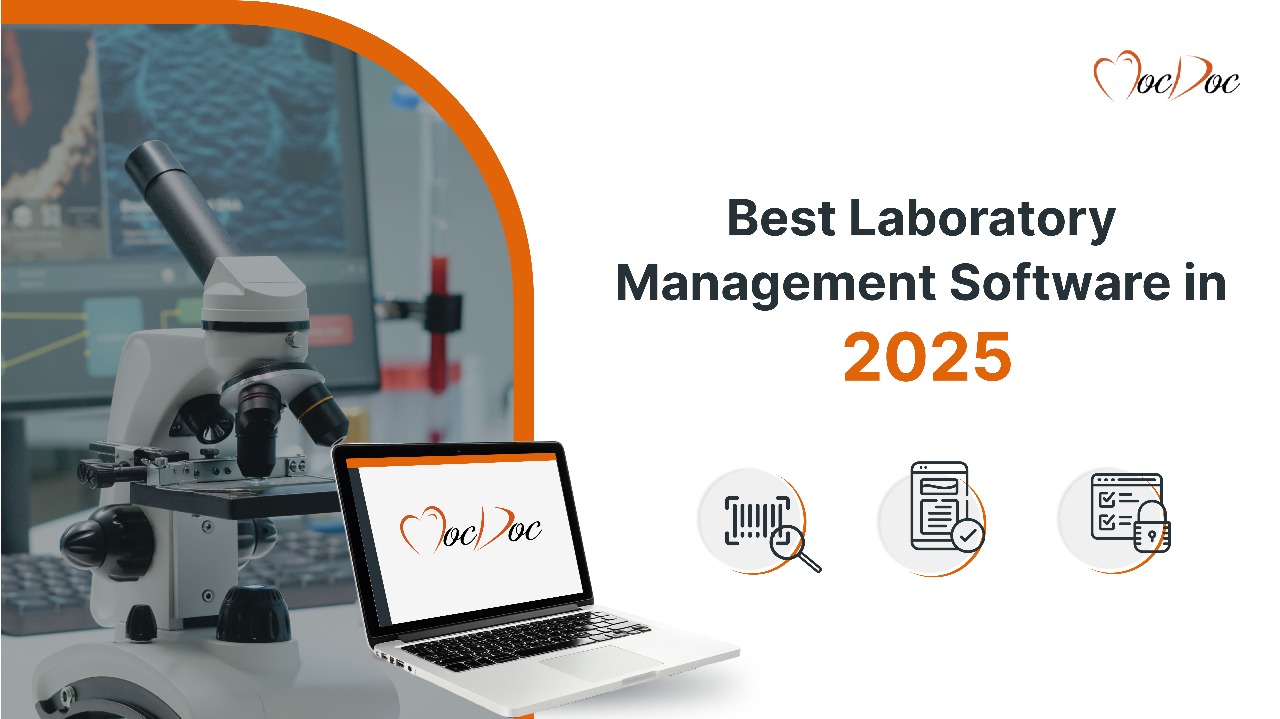In today’s fast-evolving diagnostic and healthcare landscape, the role of Laboratory Management Software (LMS) is more critical than ever. Laboratories across India are looking for efficient, scalable, and compliant solutions to manage increasing sample loads, regulatory standards, and operational challenges.
Among the many options available, MocDoc LIMS stands out as the best laboratory information management system in 2025, offering unmatched features, support, and automation tailored for Indian and global labs.
What is Laboratory Management Software?
Laboratory Management Software (LMS) or LIMS (Laboratory Information Management System) is a digital solution that streamlines the entire laboratory workflow — from patient registration and sample collection to reporting and compliance documentation.
Whether you're a pathology lab, diagnostic center, research institute, or an environmental testing facility, adopting the right LIMS can:
- Increase operational efficiency
- Eliminate manual errors
- Speed up turnaround times
- Improve data security and traceability
- Enhance patient satisfaction
Top Features to Look for in Laboratory Management Software
When selecting a top-rated LIMS software, here are the features you should prioritize:
✅ Sample Management
✅ Automated Test Processing
✅ Instrument Integration
✅ Barcode Tracking
✅ Online Report Delivery
✅ Multi-Location Management
✅ NABL and HIPAA Compliance
✅ Mobile and Cloud Accessibility
This is where MocDoc LIMS shines.
MocDoc LIMS – The Gold Standard in Lab Management
MocDoc LIMS is a cloud-based, fully integrated laboratory information management solution built specifically for healthcare and diagnostic labs. It offers a powerful blend of automation, compliance, user experience, and real-time tracking.
🌟 Key Benefits of MocDoc LIMS:
🔬 Full Sample Lifecycle Automation From collection to report generation, every sample is digitally tracked with zero errors.
🧪 Seamless Analyzer Integration MocDoc connects with major diagnostic instruments and middleware including Vitek, Roche, Siemens, Mindray, and more.
📦 Inventory & Stock Control Keep track of reagents, consumables, and kits with real-time inventory alerts.
📱 Mobile Accessibility Track lab orders, view reports, and manage operations on the go with MocDoc’s mobile-friendly interface.
📈 Custom Dashboards & Analytics Gain actionable insights into lab operations, revenue, TAT, and sample trends.
🔐 Data Privacy & Compliance MocDoc LIMS is HIPAA-ready, GDPR-compliant, and designed to meet NABL & ISO standards.
Why Choose MocDoc Over Other Lab Software in India?
Unlike generic lab systems, MocDoc LIMS is tailor-made for Indian labs, supporting regional workflows, local languages, government standards, and even e-reporting via WhatsApp and SMS.
Comparison Snapshot:

Who Uses MocDoc LIMS?
- 🏥 Hospitals with In-House Labs
- 🧬 Independent Diagnostic Labs
- 🌿 Environmental & Water Testing Labs
- 🧪 Clinical Research Organizations (CROs)
- 👩⚕️ Oncology & Speciality Centers
Whether you're handling 50 samples a day or 5000, MocDoc scales with your lab’s needs.
Final Verdict
If you're looking for a robust, future-ready laboratory management software in 2025, MocDoc LIMS is your best bet. With unmatched support, healthcare-focused features, and seamless integration capabilities, it delivers real value to Indian labs of all sizes.
Take your lab digital with MocDoc. Because every test deserves precision.








